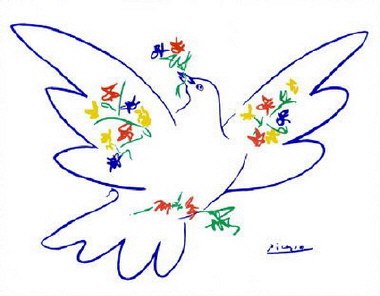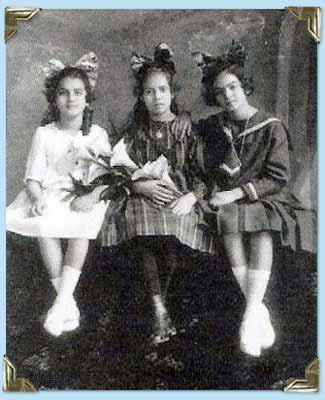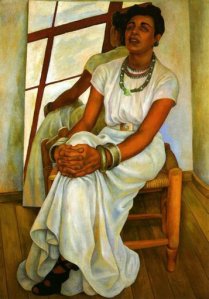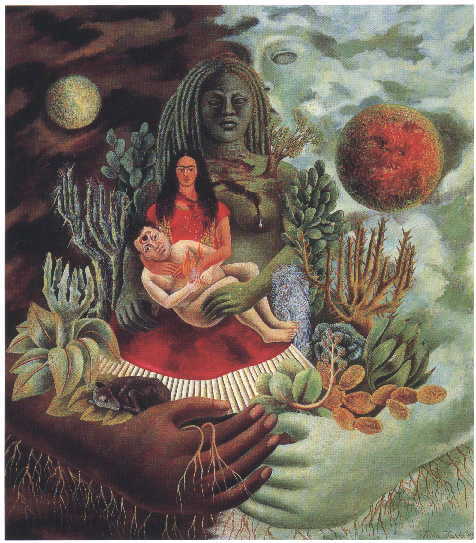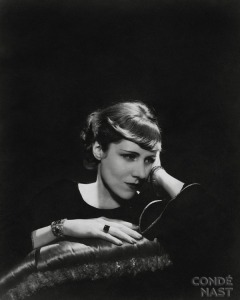On July 4, 1973, American film actress Elizabeth Taylor (1932-2011) issued the following press release:
“I am convinced it would be a good and constructive idea if Richard [Burton] and I separated for a while. Maybe we loved each other too much. I never believed such a thing was possible. But we have been in each other’s pockets constantly, never being apart but for matters of life and death, and I believe it has caused a temporary breakdown of communication.
I believe with all my heart that the separation will ultimately bring us back to where we should be – and that’s together. I think in a few days’ time I shall return to California, because my mother is there, and I have old and true friends there, too.” (1)
Leaving Richard at the Long Island estate of his lawyer Aaron Frosch, Elizabeth checked out of her room at the Regency Hotel, Park Avenue, New York and flew to Los Angeles. She had to put distance between herself and Richard’s endless drinking, their endless quarreling. She hid from the paparazzi at the Hollywood home of her old and dear friend, Edith Head, the legendary fashion designer for Paramount Pictures. Upon Elizabeth’s arrival, “Edie” got out the bottle of Jack Daniels for the two of them to share.
Elizabeth considered Edith to be like a second mother to her. Edith returned the affection. In her Spanish-style home in Coldwater Canyon that she shared with her husband Bill, she had placed a plaque at the bottom of the stairwell that read,
ELIZABETH TAYLOR SLEEPS HERE
Edith Head (1897-1981) had won one of her eight Oscars for best costume design for “A Place in the Sun” (1951) in which Elizabeth played socialite Angela Vickers. Taylor’s costumes were so beautiful in that film that they set fashion trends for prom and ball gowns that year. (2)
One evening gown, in particular, was a huge sensation and remains an iconic dress today. It was strapless, to show off Elizabeth’s gorgeous shoulders, which Edith considered one of her best assets, with a sweetheart neckline that showed just a trace of virginal décolletage.
The bodice was highlighted by clusters of tiny fabric violets. Below the nipped in waist, a full skirt erupted in countless yards of white tulle studded with white velvet violets. It was a flattering silhouette for Elizabeth who Edith considered “one of the prettiest human beings I’ve ever seen.”
Eighteen years later, Elizabeth wore another of Edith’s designs to the 1970 Academy Awards, at which she presented the Best Picture Award to “Midnight Cowboy.” It was a chiffon dress – in violet, to match Elizabeth’s famous violet eyes – with a plunging V-neckline. Nestled in Elizabeth’s tanned cleavage was the famous 69-carat, pear-shaped Taylor-Burton diamond, a diamond as big as the Ritz that cost well over a million dollars. It was one of many outstanding pieces in the Elizabeth Taylor Jewelry Collection.

Richard Burton and Elizabeth Taylor arrive at the 1970 Academy Awards. Burton was nominated for Best Actor in “Anne of a Thousand Days” but did not win.
Elizabeth had a love affair with jewelry. She had long admired one piece that Edith Head often wore, a gold and ivory necklace made up of Victorian opera tokens.
In 1981, Edith passed away, leaving her necklace to Elizabeth in her will.

Elizabeth Taylor wears a Victorian opera token necklace of ivory and gold, a gift from her friend Edith Head. Undated photo
I had the opportunity to see the Edith Head Necklace in 2011 at the Christie’s auction of Elizabeth Taylor’s jewelry collection in New York. It was my favorite piece of all of Elizabeth’s jewelry. The necklace was estimated to sell at between $1,500 and $2,000, but it sold for $314,500!
(1) Kashner, Sam and Schoenberger, Nancy. Furious Love: Elizabeth Taylor, Richard Burton, and the Marriage of the Century. New York: HarperCollins Publishers, 2010.
(2) Jorgensen, Jay. Edith Head: The Fifty Year Career of Hollywood’s Greatest Costume Designer. New York: Lifetime Media, 2010.
Readers: For more on Elizabeth Taylor, click here. For more on Edith Head, click here.




















